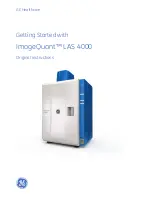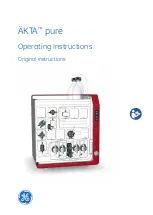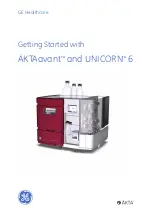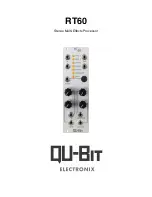
7
Determine Optimal Evaporation Conditions
Determine the Appropriate
Gas Heater Temperature
Consider the following when selecting the gas heater
temperature:
»
Higher gas temperatures generally increase the solvent
evaporation rate; however, at high gas temperatures the
likelihood of analyte loss or degradation is increased.
»
Using a gas temperature of 40 °C is a good starting point and
will provide uniform temperature control when used with a
plate heater temperature 0-20 °C above the gas temperature.
»
Using gas temperatures that exceed the plate heater
temperature can overheat the plate and its contents.
Determine the Appropriate
Plate Heater Temperature
Consider the following when selecting the plate heater
temperature:
»
A higher temperature usually allows for better heat transfer
across the well plate, resulting in even evaporation.
»
Heating the well plate prevents sample cooling or
freezing, which can occur during evaporation. This
is dependent upon the physical properties of the
solvent evaporated and the well dimensions.
»
Samples that are highly volatile can be lost if allowed to
remain for extended periods of time on a heated plate.
»
Usually, setting the temperature of the plate
heater 0-20° C above the gas temperature allows
for enhanced evaporation uniformity.
»
Use of the plate heater minimizes cross-contamination
of samples when low boiling solvents are evaporated.
»
Allow the plate heaters to cool before performing
an evaporation run at a lower temperature than
the previous run. Opening the cabinet doors
decreases the time for the plate heaters to cool.
Determine the Appropriate Plate Height
Consider the following when selecting the plate height:
»
If the liquid level is greater than 50% of the maximum
well volume, set the lift height so that the nozzles are
placed inside the sample wells. The recommended
start point, depending on the liquid volume, is 1-3
mm below the entry of the wells. (see Figure 8).
Figure 8.
Place the nozzles 1-3 mm below the entry of the well.
»
Nozzles that come in contact with samples can lead to
analyte loss and cross-contamination.
Note:
Do not allow the nozzles to come
in contact with the samples.
»
The gas can cool as the distance between the
nozzles and the samples increases. This can
lead to increased evaporation time.
»
As the sample volume decreases, the lift height
may be increased manually in
Time
or
Manual
mode and automatically in
Method
mode. (See
"Change a Setting in Manual or Time Mode" on page
14 and "Set Up a Method" on page 15).








































